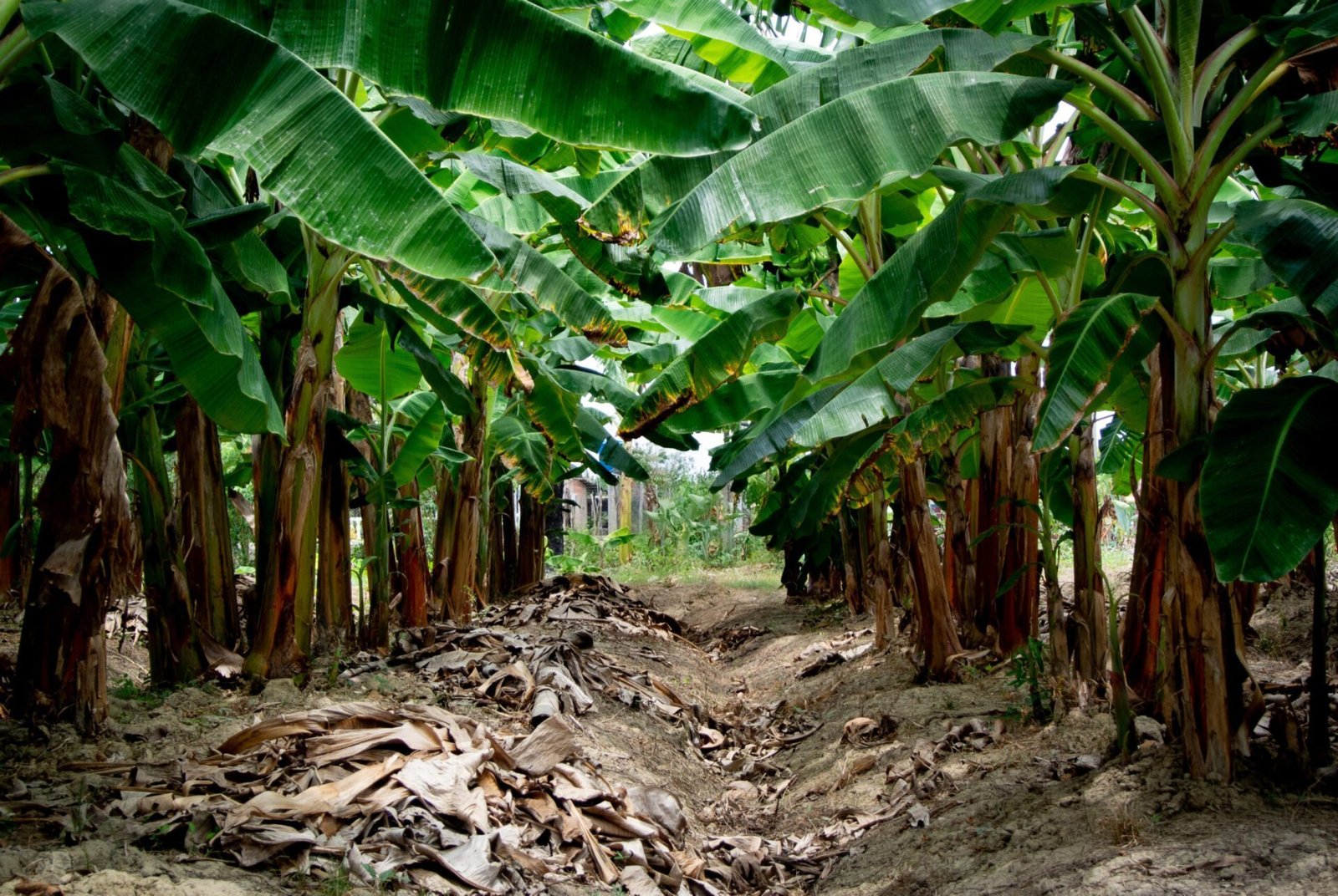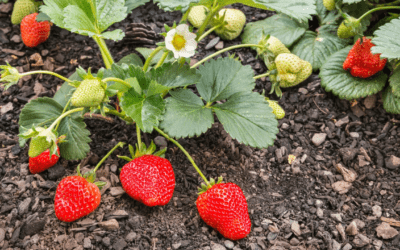Growing banana trees in the United States can be a rewarding endeavor, even though the country’s climate varies greatly from region to region. The most suitable regions for growing banana trees outdoors in the U.S. include southern Florida, southern Texas, and parts of southern California, as these areas have a tropical or subtropical climate. However, you can also successfully grow banana trees as indoor houseplants or in containers in colder regions. Of course, in this instance, they don’t technically produce the fruit. But they make beautiful houseplants and are loved by many people for their unique, tropical foliage.This guide will provide you with step-by-step instructions on how to grow and care for banana trees in the United States and many other locations with similar climates.


CHOOSING THE RIGHT BANANA VARIETY
There are several banana varieties suitable for cultivation in the United States. Some of the most popular varieties include:- Dwarf Cavendish: Idea for container or indoor growing, this variety produces small, sweet bananas and is the most common choice for indoor cultivation.
- Musa Basjoo: This hardy variety can withstand cooler temperatures and is a good choice for outdoor cultivation in milder climates.
- Ice Cream Banana (Blue Java): Known for its creamy, ice cream-like texture, this variety is perfect for tropical and subtropical regions.
- Manzano (Apple Banana): Produces sweet, apple-flavored bananas and can thrive in warm climates.
PROPAGATION
Banana plants can be propagated through one of the following methods:- Pups: When a mature banana plant produces offshoots (pups), you can carefully separate them from the parent plant and transplant them into their own pots or planting sites.
- Rhizome Division: This method involves dividing the rhizomes of an established banana plant, allowing you to create new plants. Ensure each division has both roots and a healthy shoot.
- Tissue Culture: This is a more advanced method, often used for large-scale propagation. It involves growing banana plants from small tissue samples in a laboratory setting.

outdoor banana tree care
Planting
- Climate: Choose a location that receives plenty of sunlight, ideally 12 hours of direct sun per day, especially if you are in a temperate climate.
- Soil: Bananas prefer well-draining soil that is rich in organic matter. A slightly acidic to neutral soil pH (around 6.0-7.0) is ideal. Remember, you can read about our DIY Soil Mix and make your own by following our recipe. It is GREAT for banana trees!
- Planting: Dig a hole twice the size of the root ball of your banana plant. Plant the tree at the same depth it was in the pot. Water thoroughly after planting.
Watering and Fertilizing
- Watering: Keep the soil consistently moist but not waterlogged. Water deeply and regularly, as banana plants require a lot of moisture. A drip irrigation system can be beneficial.
- Fertilizing: Use a balanced, slow-release fertilizer or a specialized banana fertilizer. Apply it during the growing season, usually every 2-4 weeks. We love using Espoma Citrus Tone on all of our tropical plants.
Pruning
Banana plants can benefit from regular pruning to remove dead or damaged leaves. This helps maintain a healthy appearance and encourages the growth of new leaves.OVERWINTERING OUTDOOR BANANA TREES
In regions with cold winters, it’s necessary to protect your banana tree during the colder months. Here’s how to do it:- Cut Back: As temperatures drop in the fall, cut the banana plant back to about 2-3 feet tall.
- Mulch: Cover the base of the plant with a thick layer of mulch to insulate the roots.
- Wrap: Wrap the entire plant in burlap or frost cloth to shield it from cold winds and frost.
- Heat Source: If the winter temperatures are extremely cold, you can use a heating cable or a small heater to provide extra warmth.
- Container: Choose a large pot with drainage holes to accommodate the banana’s root system. Ensure the pot is at least twice the size of the root ball.
- Soil: Use a well-draining potting mix, ideally one formulated for tropical plants.
- Light: Place your banana tree near a south-facing window where it can receive at least 12 hours of bright, indirect sunlight each day. You can also use supplemental grow lights if necessary.
- Temperature and Humidity: Maintain a temperature between 75-85°F (24-29°C) during the day and slightly cooler at night. Keep indoor humidity levels around 50% or higher by using a humidifier or misting the plant.
- Watering and Fertilizing: Water when the top inch of soil feels dry, and fertilize with a balanced, water-soluble fertilizer once a month during the growing season.
- Pruning: Regularly prune dead or damaged leaves to encourage new growth and maintain a compact shape.
- Gradual Transition: As temperatures rise in the spring, gradually reintroduce the plant to outdoor conditions by placing it in a shaded, protected area for a few hours each day.
- Repotting: If the plant has outgrown its pot, consider repotting it into a larger container before moving it outdoors.
- Hardening Off: Over the course of a week or two, increase the time your banana tree spends outdoors until it can be left outside full-time.
- Protection: Keep an eye on weather forecasts and be prepared to provide protection if unexpected cold snaps occur.

INDOOR BANANA TREE CARE
For those in regions with cold winters or limited outdoor space, growing banana trees indoors is a great option. Here’s how to do it:
TRANSITIONING INDOORS AND OUTDOORS










0 Comments